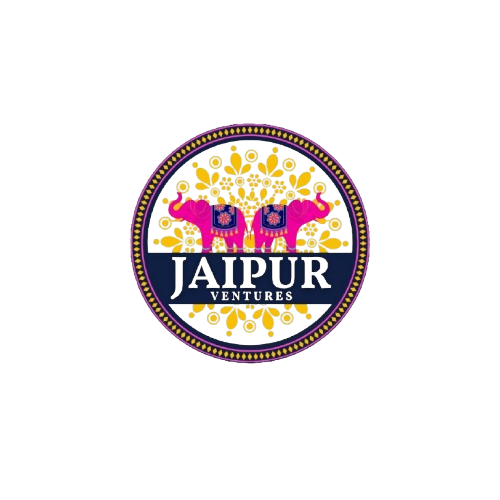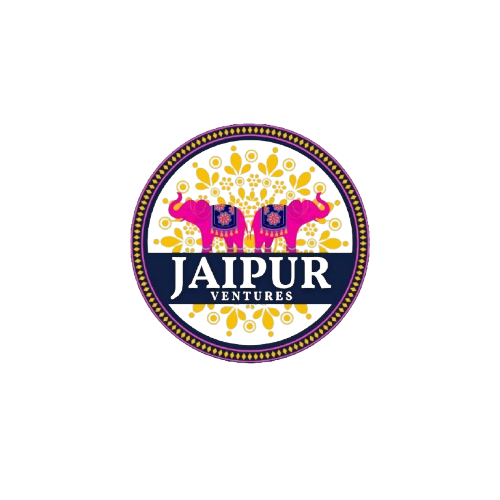The City Palace Jaipur is a royal residence and former administrative headquaters of the rulers of Jaipur, Rajasthan. Contstrution started after the establishment of the city of Jaipur under the Maharaja Sawai Jai Singh in 1772. The Construction of the palace was completed in 1732 and it was also the location of religious and cultural events, as well as a pattern of arts, commerce and industry. It was constructed according to the rules of vastushastra, combining elements of mughal and rajput architectural styles. .The palace complex has several buildings, various courtyards, galleries, restaurants and offices of the museum trust. The Jaipur Royal Family still lives at the City Palace., in a building called Madho Niwas. Although the residence is closed to the public., Chandra Mahal, the grand historic residence of the Maharajas of Jaipur, can be visited with a special ticket that entitles you to an exclusive guided tour.
This is a beautiful palace and no matter what local people may tell you, it’s totally worth a stop by. Tickets are on the more expensive side but if you’re only going to be in jaipur once, it’s worth it.Also known to most visitors only in its bustling avatar, the museum at night offers an exclusive experience of the City Palace at night. The buildings are specially lit, magically transforming the complex, and selected galleries are open for viewing in greater comfort and quietude.
However as per rules of the palace, you are allowed to take photos only if you purchase a token.
Must visit for any tourist, is of extreme historical importance and still has the former royal family residing in parts of the palace off limits for the general public. Avoid during summer afternoons as it can get extremely hot to walk outdoors without any shade in the large open sections of the palace. The museum shops are well curated and carry some interesting curios to shop for.
City Palace, Jaipur has four main gates. Each gate is beautifully decorated and represents a season and a Hindu deity.
1.Pritam Niwas Chowk
The Pritam Niwas Chowk is the inner courtyard which provides access to the Chandra Mahal. While you have an imposing view of the Chandra Mahal from here, it is the gates of the Chowk that are the main attraction. From peacock designs to floral patterns, these profusely decorated stucco and painted doors are breathtaking.
Contrary to popular belief, these gates do not signify seasons.Each doorway is dedicated to a certain deity. The northeastern gate is adorned by bejewelled peacocks and features a small Vishnu idol on its lintel. The southwest gate with its lotus pattern, is dedicated to Lord Shiva while the green northwest gate is in honour of Lord Ganesha. (You may recognise this gate from the cover of Chitra Divakaruni’s book The Palace of Illusions) The last gate is adorned with beautiful pink roses and is dedicated to the Goddess Devi.
2.Diwan E Khass
The Diwan E Khass as the name suggests was the royal place where kings gave private audiences to their subjects and noblemen.
This has some magnificent artecrafts stored here like large metallic vessels, guns and other Rajput era trivia. The paintings and frescoes here are simply outstanding. One could also go on further from here to see the royal dresses and clothes on display in the nearby museum.
3. Diwan-i-Aam
The Diwan-i-Aam, also known as the “Sabha Niwas”, is a public audience chamber in the City Palace . It is built on the lines of a Mughal-era audience hall, with marble columns and arches.
4.Mubarak Mahal
This Mahal contains the textiles of the Maharaja Sawai Man Singh museum. Mubarak Mahal contains the architectural charm of medieval India. This fabulous manor was built by the Rajputs of earlier times. Mubarak Mahal is a dazzling large Haveli which is famous for its structural charm. This haveli contains spacious rooms in it and the most attractive thing in this haveli is the reception hall, which has lovely things of Murals in it. The regal outlook is very beautiful. The ornamental pillars of it and its highly carved furniture are worth watching. You can see a fabulous gateway here which directly takes out to the Diwan-I-Khas. Diwan-I-Khas is an open hall. The tourists here can see the two silver vessels and admire them which are kept on for display here. Mubarak Mahal is the Palace of welcoming the tourists in the City Palace.
Conclusion:
You will get to see the whole history in City Palace and there are many things to know in it, it is best for both locals as well as tourists. It has 4 gates which are worth seeing and understanding, so now if you ever come to Jaipur, you must visit City Palace and understand its history.

